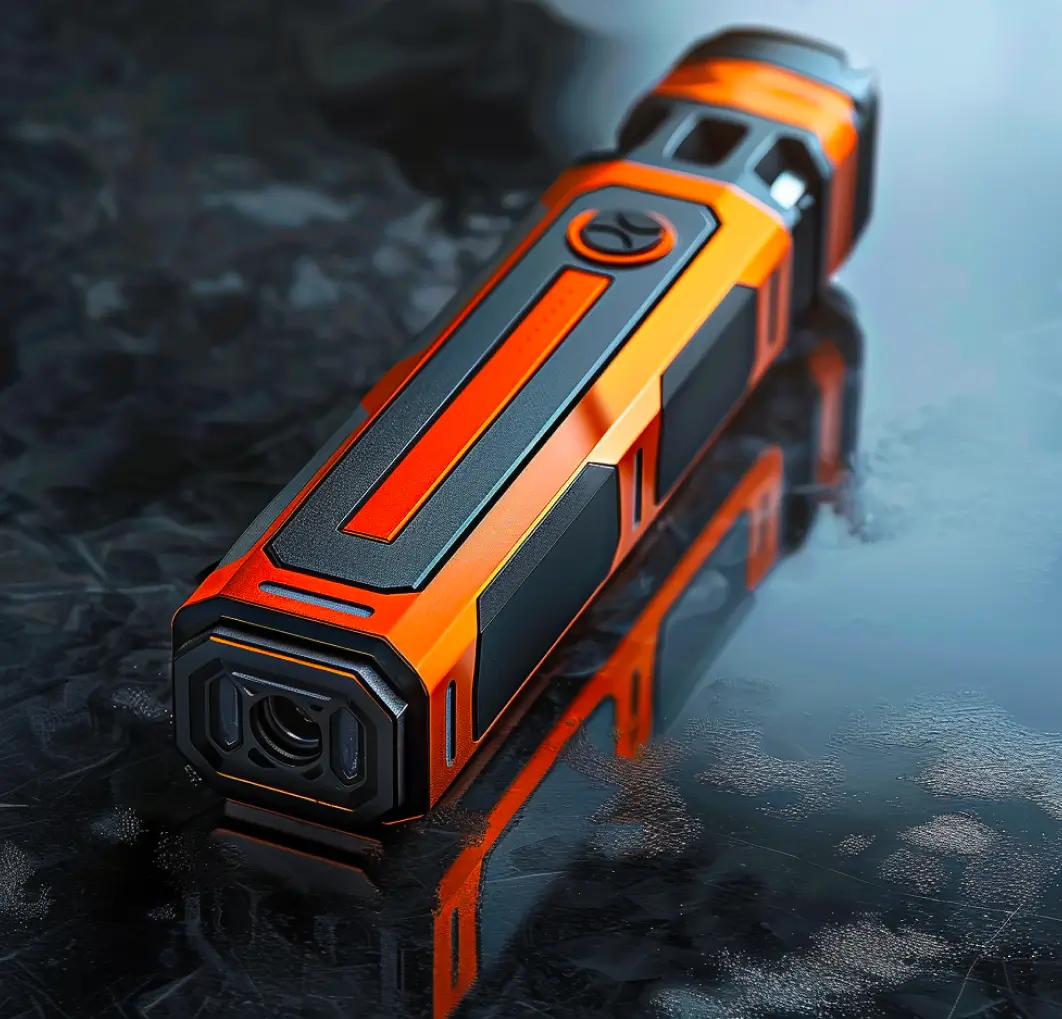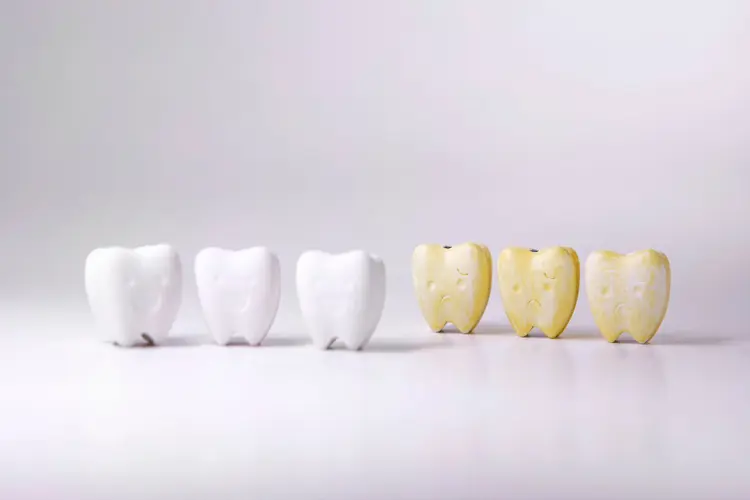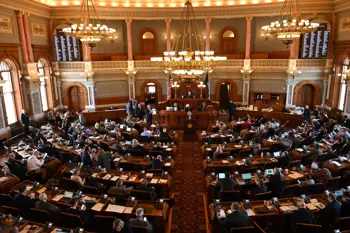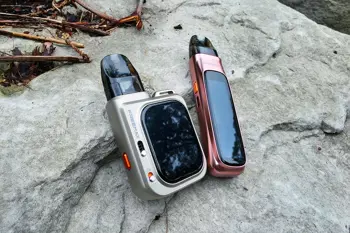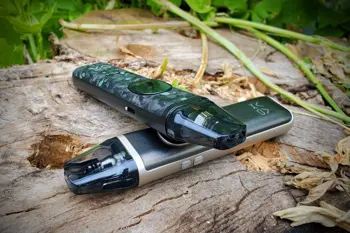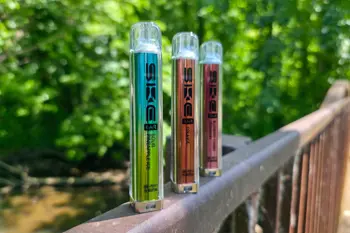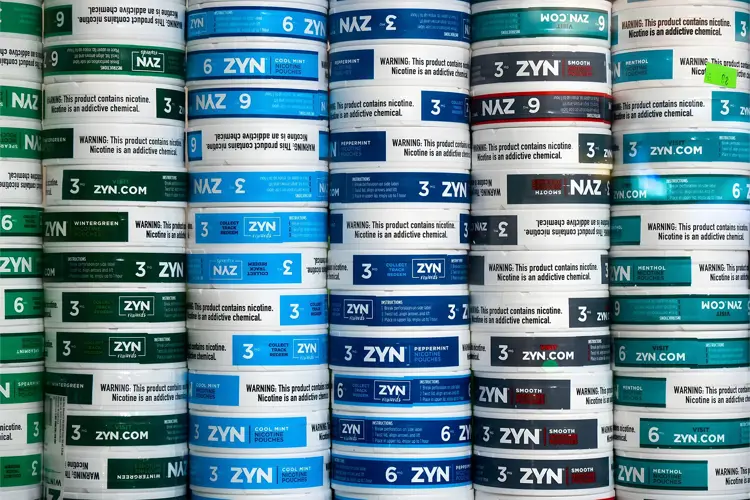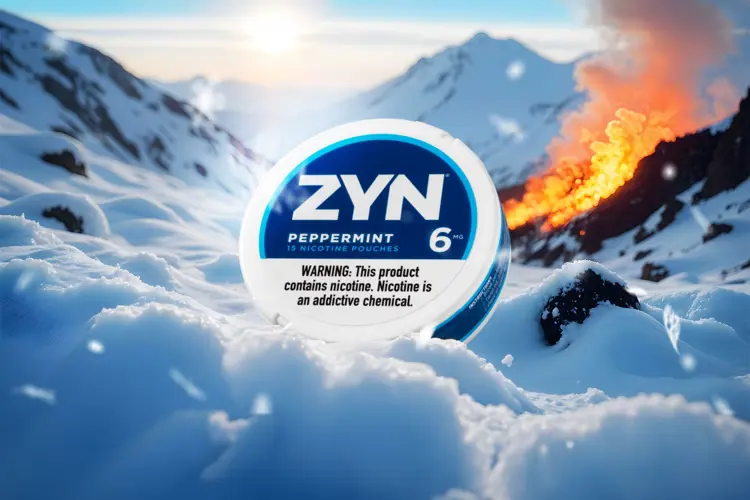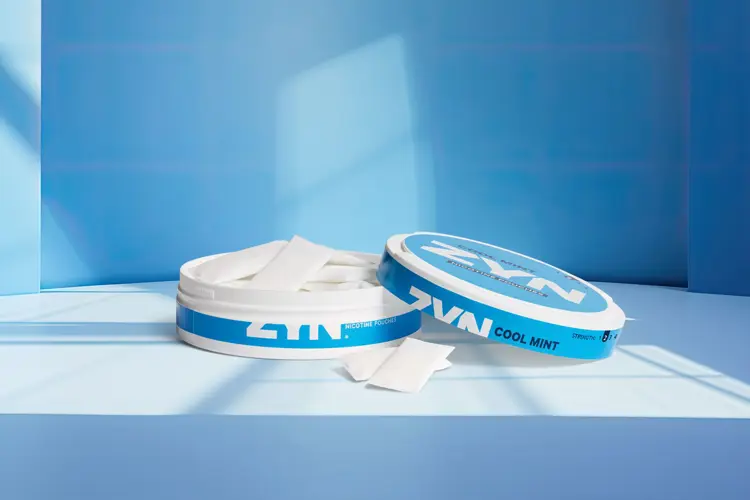- Despite their many similarities, snus and ZYN are very different products.
- Tobacco use is associated with unique health concerns. Snus contains tobacco; ZYN is tobacco-free.
- Using snus or ZYN may impact oral health.
- ZYN and snus are not equally shelf-stable and require different storage techniques to keep them fresh.
Tobacco users looking to switch to oral nicotine products are often presented with a dilemma: snus vs. ZYN. Although these products share many similarities, they have crucial differences that could significantly impact their appeal. This article will break down their distinct characteristics so you can decide which one is more suited to you.
Snus vs. ZYN
New users may be wondering, is ZYN snus? Are they the same thing? Both terms are sometimes used synonymously with nicotine pouches, which can be confusing. Snus is a tobacco product with a rich legacy, dating back to the early 1800s, whereas ZYN is a 21st-century innovation. History is just the tip of the iceberg, though. Let’s see what else sets them apart.
Ingredients comparison
Snus ingredients
- Tobacco
- Water
- Salt
- pH adjusters
- Other possible ingredients: flavorings, aromatics, moisture-preserving agents, ethyl alcohol, preservatives, humectants, and sweeteners
ZYN ingredients
- Nicotine
- Flavorings
- Sweeteners
- Stabilizers
- Fillers/binders
- pH adjusters
When analyzing the ingredients in snus vs. ZYN, there are a couple of major differences that may immediately stand out:
First, snus is a tobacco product. It contains ground tobacco leaf, which is the source of its nicotine. ZYN is tobacco-free, although the nicotine in ZYN is extracted from tobacco. Some other nicotine pouch brands use synthetic nicotine.
Snus also contains more natural ingredients than pouches. While some synthetic ingredients may be added, the main components are tobacco, water, and salt. On the other hand, ZYNs utilize more synthetic ingredients, including artificial sweeteners and stabilizers.
Risk comparison
Nicotine dependence: The risks associated with nicotine pouches and snus may vary, but there is one that they both have in common: nicotine dependence. For this reason, non-nicotine users are encouraged to avoid both products.
TSNAs: Tobacco-specific nitrosamines (TSNAs) are naturally occurring compounds formed from tobacco alkaloids during the cultivation and manufacturing of the plant. They are harmful and potentially cancerous chemicals.
- Snus contains tobacco, but the levels of TSNAs are low—although not as low as levels in nicotine pouches or pharmaceutical nicotine products like lozenges and gum.
- ZYNs contain tobacco-derived nicotine, so they probably contain about the same very low levels of TSNAs as nicotine replacement therapy (NRT) products like nicotine gum.
Oral health: Nicotine pouches are a much newer product, so the long-term effects on oral health are still undetermined. Because snus use dates back 200 years, more is known about the potential oral health consequences. Snus may cause oral lesions (a reversible condition), gum recession, and tooth discoloration.
Extensive epidemiological study of Swedish snus users has shown no significant reduction in life expectancy versus non-users. ZYN and other nicotine pouches likely pose even less risk, since they contain no tobacco. Both products are much safer than combustible cigarettes.
Flavor comparison
In the snus vs. ZYN debate, the flavor options are often the deciding factor for many users. These products cater to very different tastes.
Tobacco is the dominant flavor in snus. Despite its reputation, tobacco is quite versatile, offering a range of distinct characteristics: rich, nutty, smoky, spicy, leathery, earthy, etc. Many varieties of snus also contain additional flavorings and aromatics, but these mainly serve to complement (or accent) the pronounced tobacco flavor. Some examples are mint, menthol, licorice, berries, lavender, citrus, melon, cinnamon, cloves, honey, and whiskey.
In stark contrast, ZYN has no inherent flavor characteristics. Much like water, it begins as a neutral product, with perhaps a few subtleties from nicotine and other ingredients. Because of this, the flavor potential of nicotine pouches is seemingly endless. Users can enjoy a range of fruits, mints, coffee, and cinnamon without experiencing an overwhelming tobacco flavor.
To summarize, those who appreciate the natural flavors of tobacco will likely find snus more appealing. For everyone else, it’s ZYN for the win.
Storage & longevity comparison
Snus and ZYN require slightly different storage techniques to keep them fresh. Nicotine pouches should be stored in a cool, dry location that is not exposed to direct sunlight. The same applies to snus, but an additional step is recommended: refrigeration. Keeping snus in the fridge helps maintain moisture and preserve the freshness of the tobacco. Sealing them airtight is also beneficial.
The shelf life of both products varies as well. Most nicotine pouches (if unopened) will stay fresh for at least a full year with proper storage. In contrast, the quality of portion snus may suffer after just five months (three to four months for loose snus). Note that both products can be frozen (preferably in airtight bags) to extend their shelf life.
Dip vs. ZYN
Dip tobacco is moist snuff—much like loose snus without the pouch. When directly comparing dip to ZYN, it is immediately clear that these are two very different products. Here are the main factors that set them apart:
Dip
- Cured and fermented tobacco
- Tobacco-dominant flavors
- Loose tobacco format (pouches are available, but not standard)
- Parked in the lower lip
- Spitting is required due to excessive saliva production. Failure to do so could cause irritation, nausea, and vomiting
ZYN
- Tobacco-free
- Wide variety of non-tobacco flavors
- Pre-portioned pouches
- Parked in the upper lip (most commonly)
- Spit-free
President Trump promised during his election campaign to “save vaping," but his administration has undermined that goal at every turn.
The U.S. disposable vape market has grown to $2 billion in annual sales, although nearly none of the products are authorized by the FDA.
More than 30 bills that would impose severe restrictions vaping consumers’ product choices remain active in U.S. state legislatures.
The Freemax REXA PRO and REXA SMART are highly advanced pod vapes, offering seemingly endless features, beautiful touchscreens, and new DUOMAX pods.
The OXVA XLIM Pro 2 DNA is powered by a custom-made Evolv DNA chipset, offering a Replay function and dry hit protection. Read our review to find out more.
The SKE Bar is a 2 mL replaceable pod vape with a 500 mAh battery, a 1.2-ohm mesh coil, and 35 flavors to choose from in 2% nicotine.
